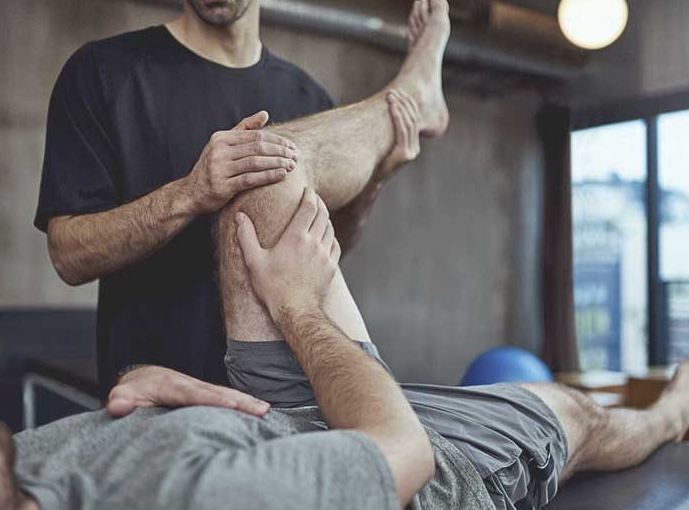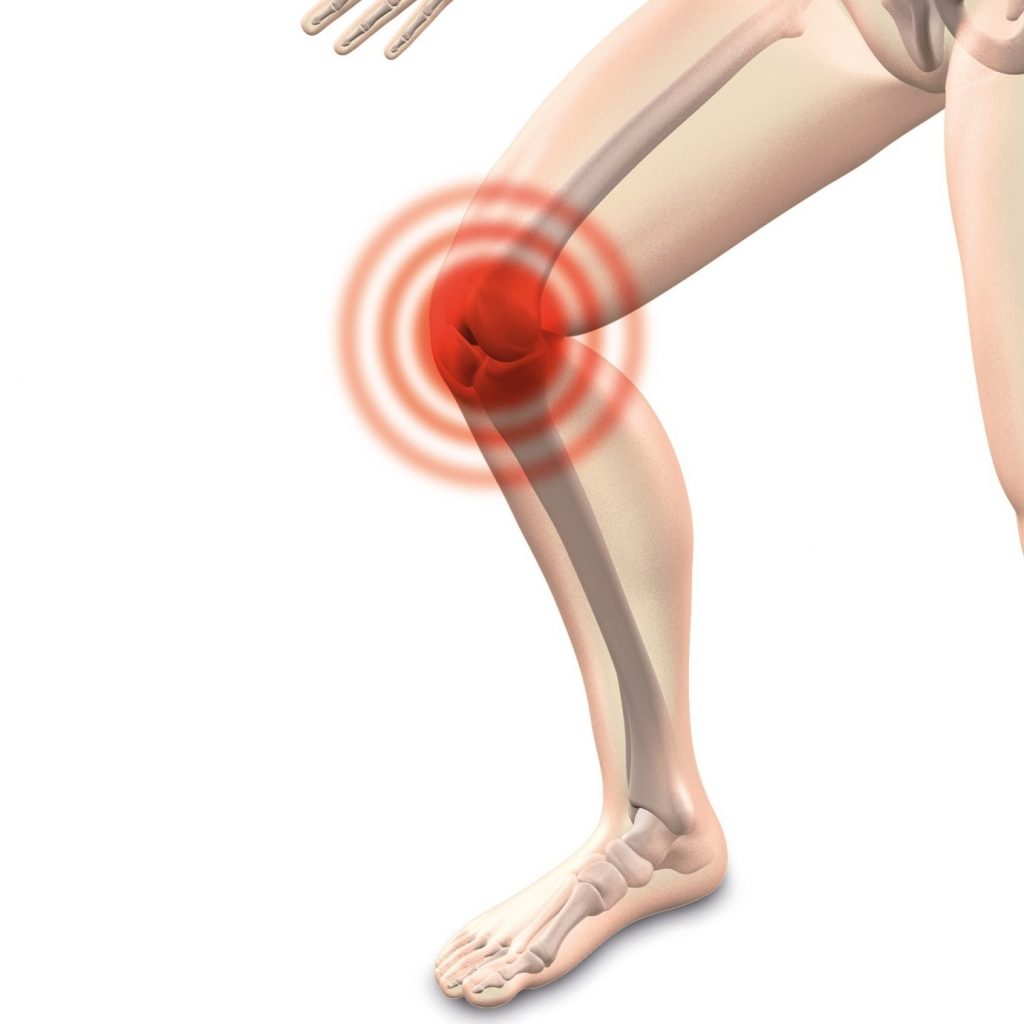
Lateral Collateral Ligament (LCL) Sprains
There are two collateral ligaments, one either side of the knee, which act to stop side to side movement of the knee. Your lateral collateral ligament (LCL) is located on the outer side of the knee, attaching the thighbone (femur) to the outside of the lower leg (fibula) and is the primary varus stabilizer of the knee.[1]
How do LCL injuries occur?
Isolated injuries of the Lateral Collateral Ligament are rare. Due to its close proximity to surrounding structures, LCL injuries often occur along with injuries of the ACL and PCL.
Injuries to the collateral ligaments tend to occur when a person is bearing weight and the knee is forced inwards or outwards in a twisting motion or from a blow to the inner side of the knee.[2] The prototypical example is of a Rugby League player who, in the process of being tackled, is struck in the knee, which sustains a posterior varus shift while the foot is planted and knee hyperextended.
LCL strains also commonly happen in sports with high velocity pivoting and jumping such as tennis, gymnastics, soccer and basketball.

What are the symptoms of an LCL strain?
The severity and symptoms of a knee ligament sprain depend on the degree of stretching or tearing of the knee ligament. You may, or may not have:
- Sudden or severe pain in the knee
- Pain on the outer side of the knee
- Heard a loud pop or snap during sport or exercise
- Swelling in the knee after feeling pain
- A feeling of looseness in the joint
- An inability to put weight on the joint without pain, or any weight at all
Once your physio has conducted a thorough physical examination, they will be able to give you a good idea of the grading of the injury (1 being the lowest, 3 the highest) and begin your personalised treatment plan.
Depending on whether you have suffered a strain or a full tear, you may be required to undergo surgery and your physio will be able to design an in-depth prehab and rehab program for you that will aim to:
- Reduce pain and swelling
- Return the joint to its full range of motion
- Strengthen the area surrounding the knee such as hamstrings and quadriceps
- Improve your proprioception, agility and balance
- Improve your technique and function specific to any sports or your circumstances
- Get you back into your sport, regular activities and exercises
- Minimise your chance of re-injury
How are LCL injuries classified?
Grade 1 – Mild sprain
Grade 1 injuries of the LCL result in localised tenderness with minimal to no laxity
Grade 2 – Partial tear
Grade 2 injuries of the LCL cause tenderness that may be localised or spread along the outside of the knee. Some swelling may be present. Mild to moderate laxity may be observed, but the ligament is still intact.
Grade 3 – Complete tear
Grade 3 injuries of the LCL cause quite a lot of pain. There is significant ligament laxity without a solid endpoint, swelling and altered walking mechanics.
Can LCL injuries be prevented?
Most LCL injuries happen due to trauma or an unavoidable accident. A good knee-strengthening and core muscle program may decrease the risk for injury, but these programs cannot totally prevent it.
A trained sports physio like those at Lane Cove can teach you some of these exercises and give you information on how to do them at home.
If you are suffering from pain or swelling in the knee, Get down to your local physio ASAP for some hands on treatment and get a plan for recovery so you don’t end up suffering ongoing pain or movement issues.
[1] Wilson WT, Deakin AH, Payne AP, Picard F, Wearing SC: Comparative analysis of the structural properties of the collateral ligaments of the human knee. J Orthop Sports Phys Ther 2012;42(4):345-351.
[2] Meister BR, Michael SP, Moyer RA, et al. Anatomy and kinematics of the lateral collateral ligament of the knee. Am J Sports Med 2000; 28:869.



